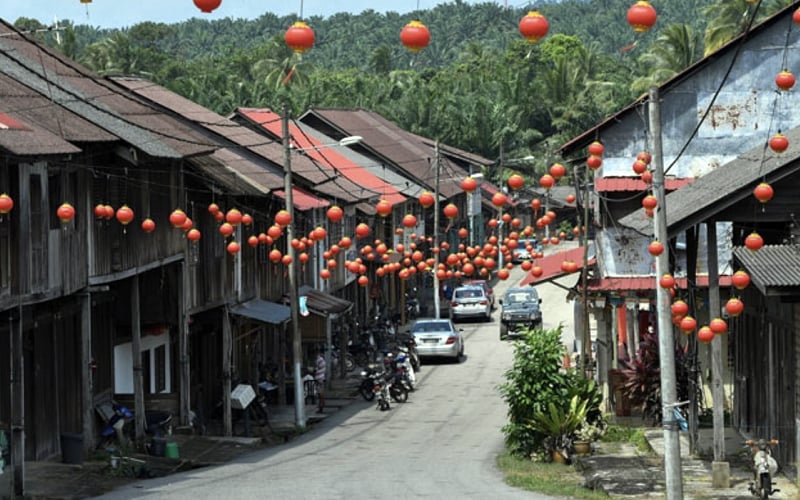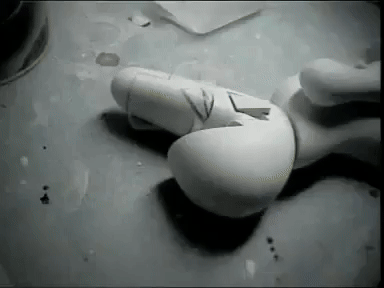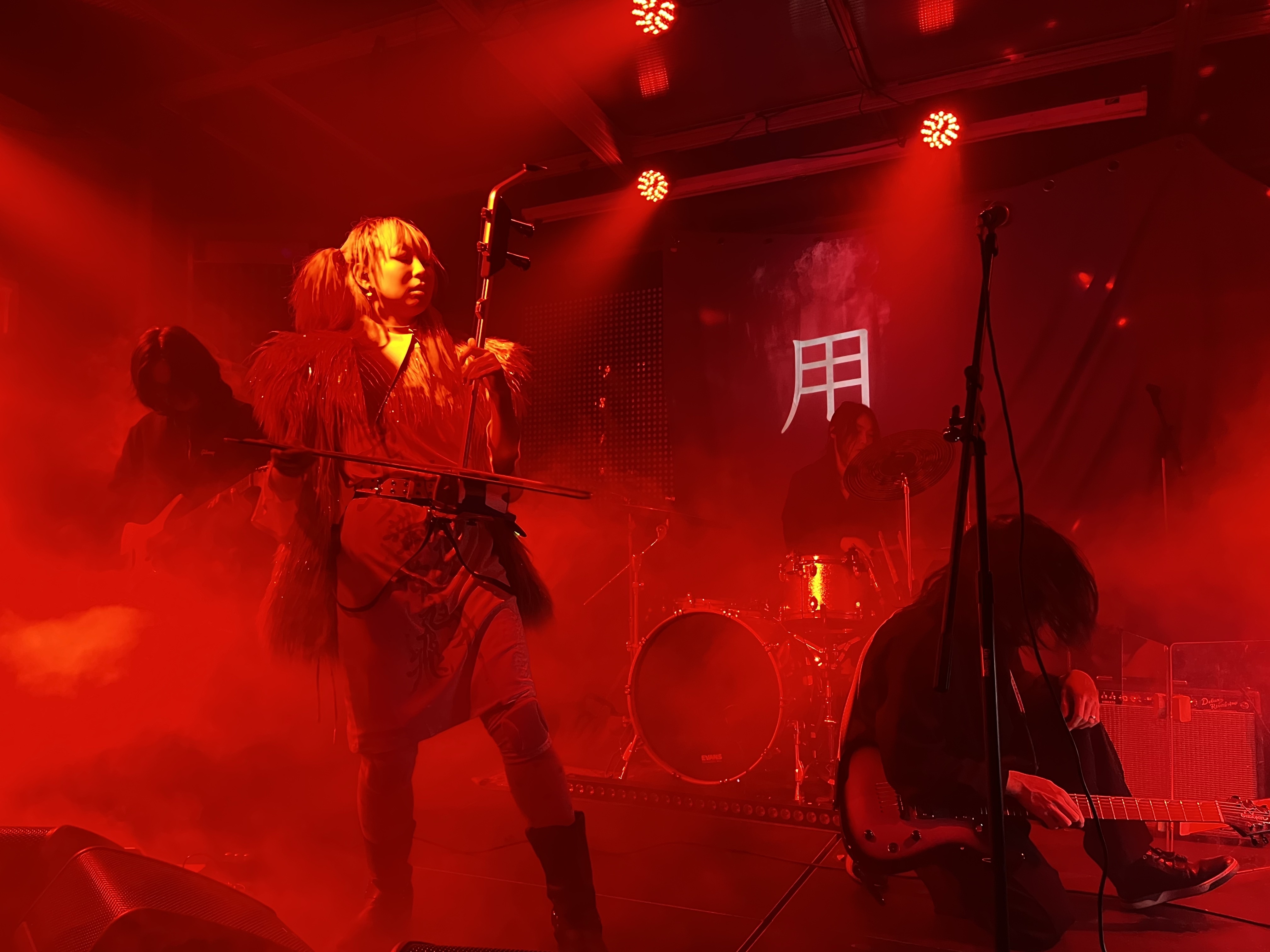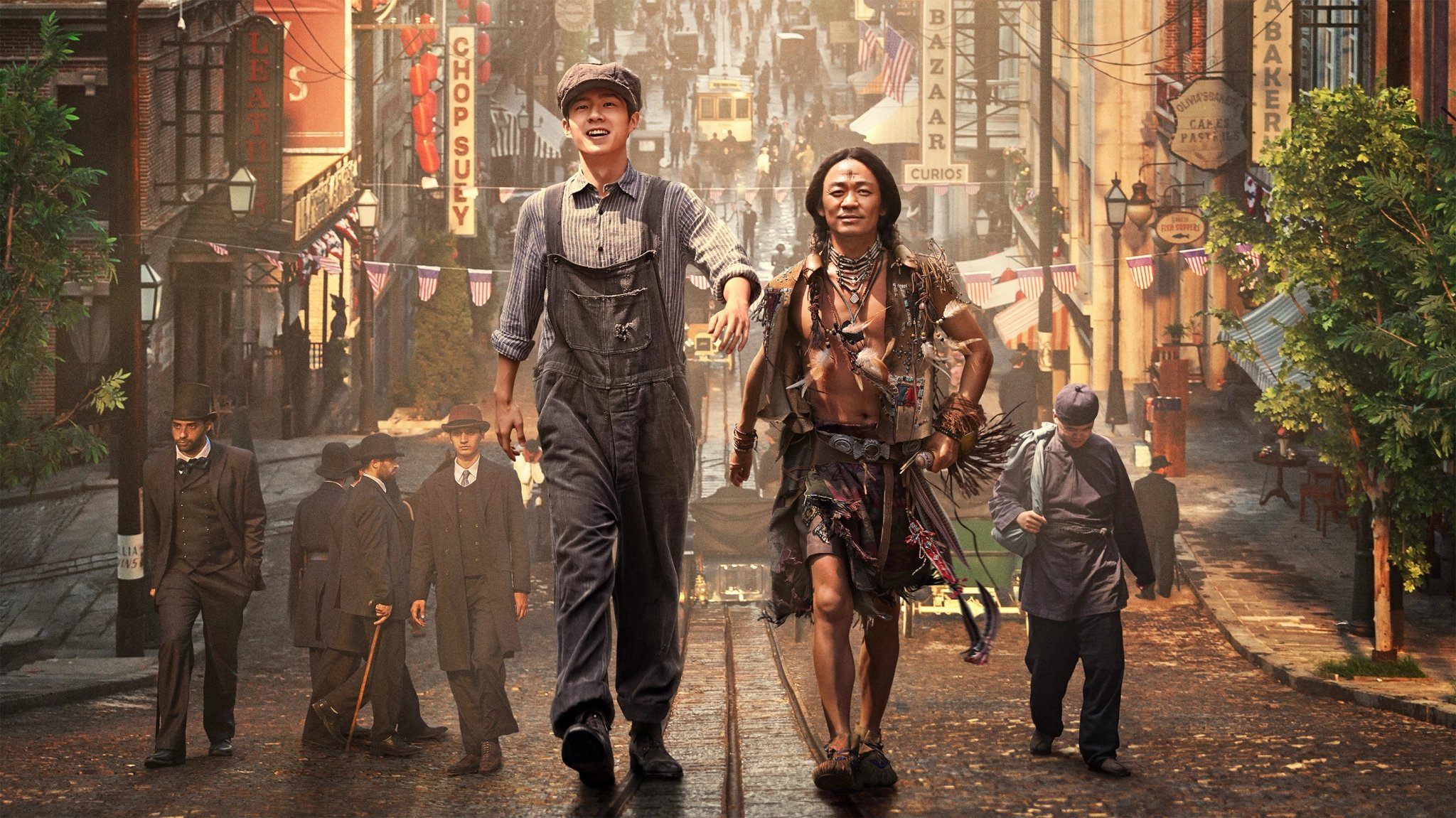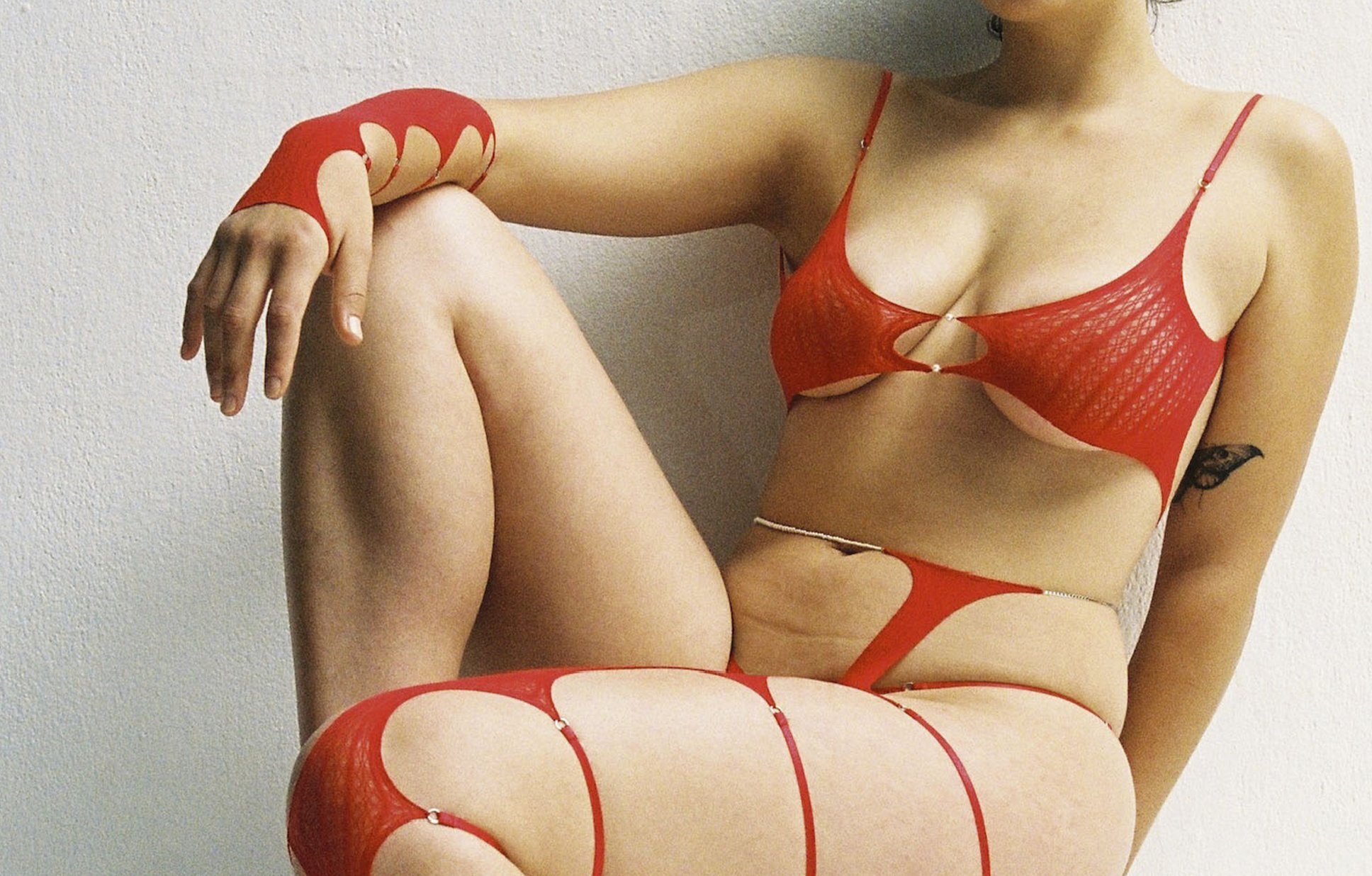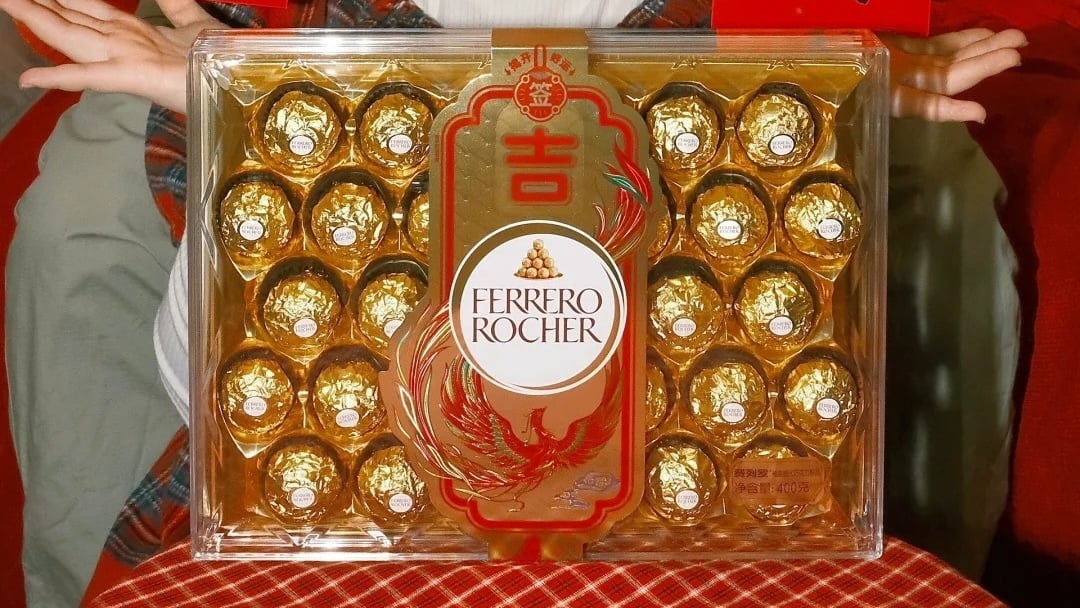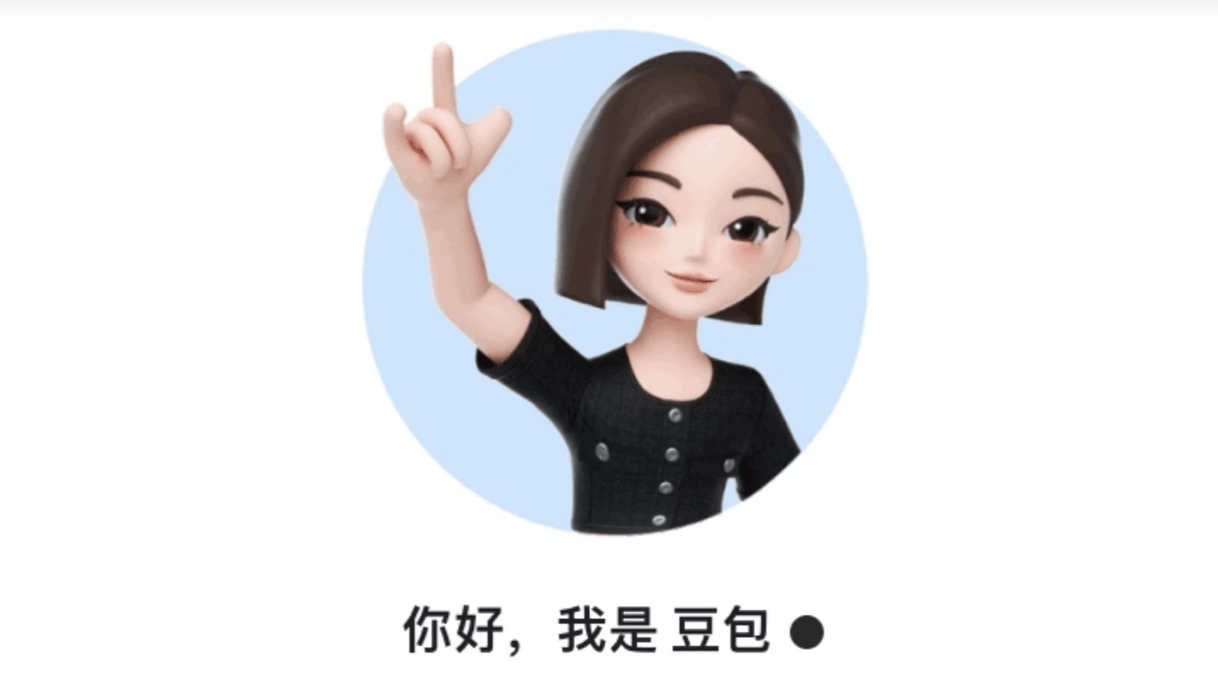We do everything online now: Shopping, paying our bills, meeting potential partners and, as it turns out in China, commemorating our loved ones who have passed away. The trend is confined to Douban, a popular Chinese social media site that some liken to IMDb, as users can review books, movies, and TV shows on the platform.
Open since 2012 and dubbed the ‘Douban Cemetery,’ a specific group allows its members to create posts or digital obituaries for the deceased. Its one-line description succinctly explains, “This group honors the deceased Douban users.”
Most participants provide details about the deceased: Name, date of birth, date of death, and Douban homepage. Some also include the cause of death, stories about the dearly departed person’s life, and how they are missed.
Members of the group can get a glimpse of what the deceased was like by clicking on the link to his or her homepage, which documents one’s online groups, and favorite music and/or movies, among other things.

Members of the group usually leave comments under each obituary to offer their condolences. The latest comment — three flower emojis left for the poet Zhong Fang, who passed away in 2016 at the age of 27 — came from a Beijing-based user 28 days ago.
Despite having some 12,354 members, the account is mostly quiet. It is also pretty much self-governed, as the original administrator’s account has been suspended due to inactivity. Some users even suspect its founder might have been the first to be ‘buried’ in the digital world.
“I think it’s more heartwarming than a real graveyard. There are no cold tombstones, just warming words,” opined a Douban user.
Another occupant of the ‘Digital Cemetery’ who passed away in the same year as Zhong, high school student Lin Jiawen suffered from depression and took his own life. He was only 18. The youth from Xi’an in Central China published two critically acclaimed books — one on Taoism in China and the other on the life of Song Dynasty politician and poet Fan Zhongyan — and has been called a “genius in Chinese history.”
Although most individuals with ‘plots’ in the Douban group are not high-profile personalities, their loved ones chose to immortalize them on the internet for its accessibility.
As one user wrote, “Seeing all these talented people who died so young has reminded me to really cherish my life. Be happy. You don’t know when you’ll have to say goodbye to the world.”
In 2020, several group members went a step further by creating another group titled ‘Internet Cemetery.’ Its purpose is to commemorate non-Douban users on the platform. The group, which has more than 10,000 members, includes suicide hotline numbers for most major provinces in China.
Cover image via Depositphotos
